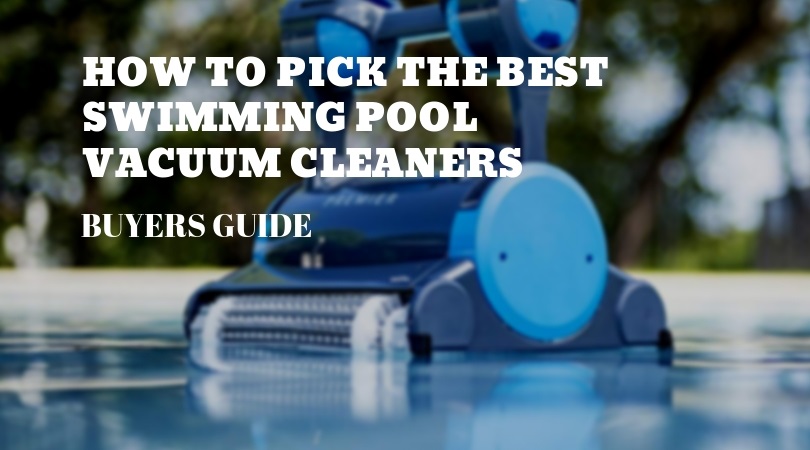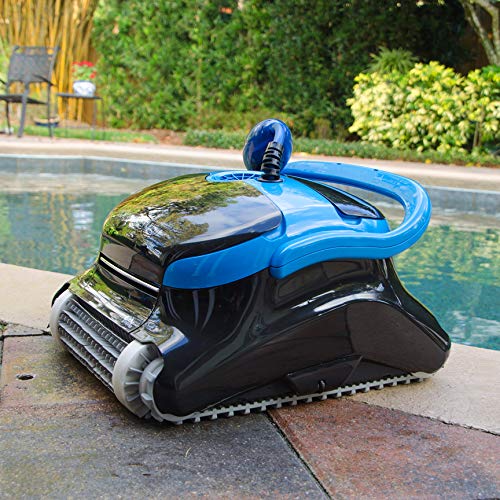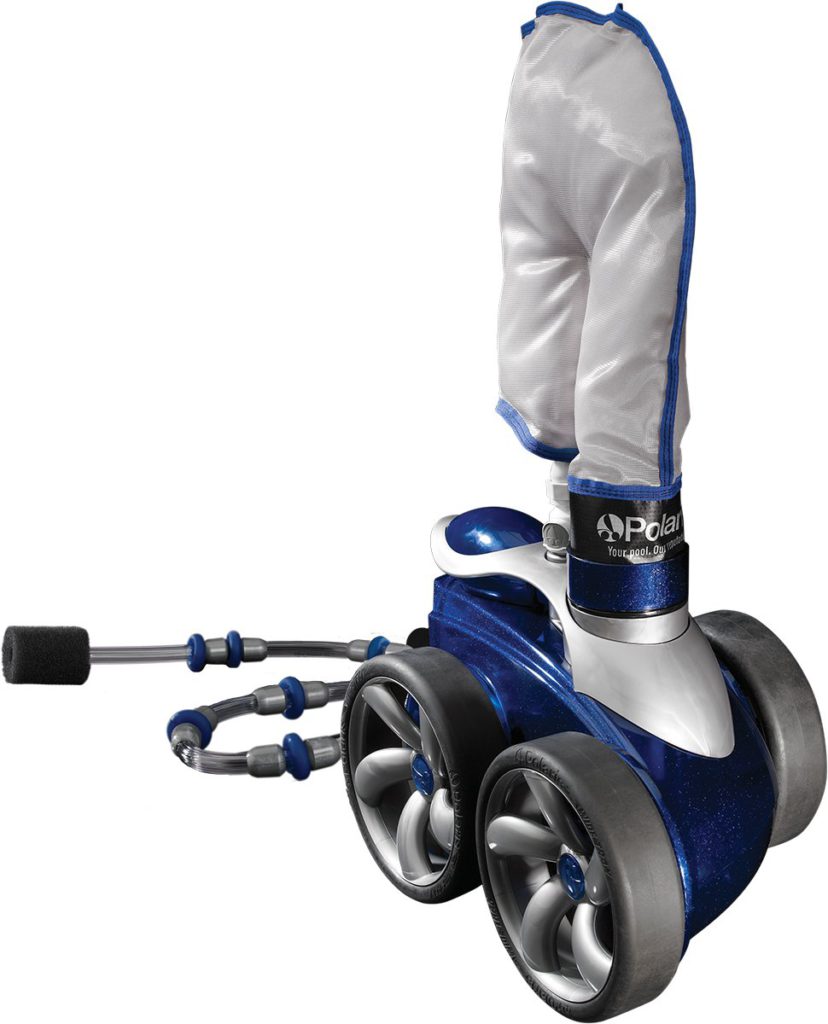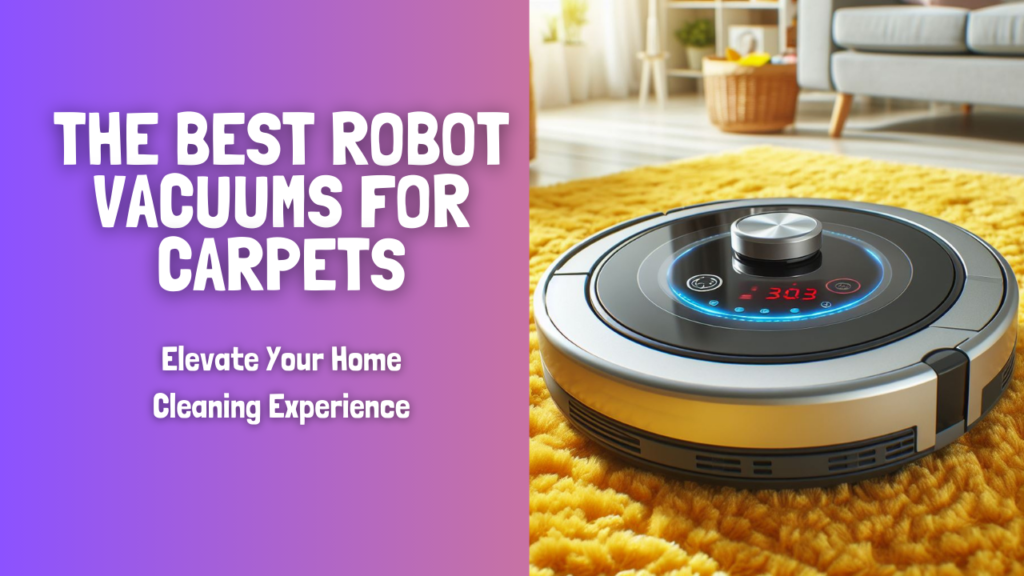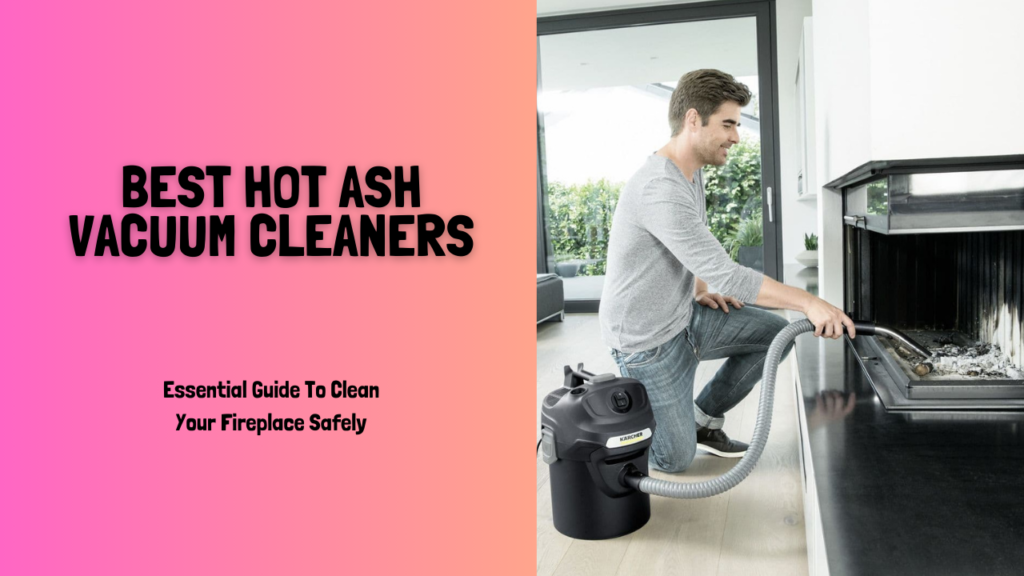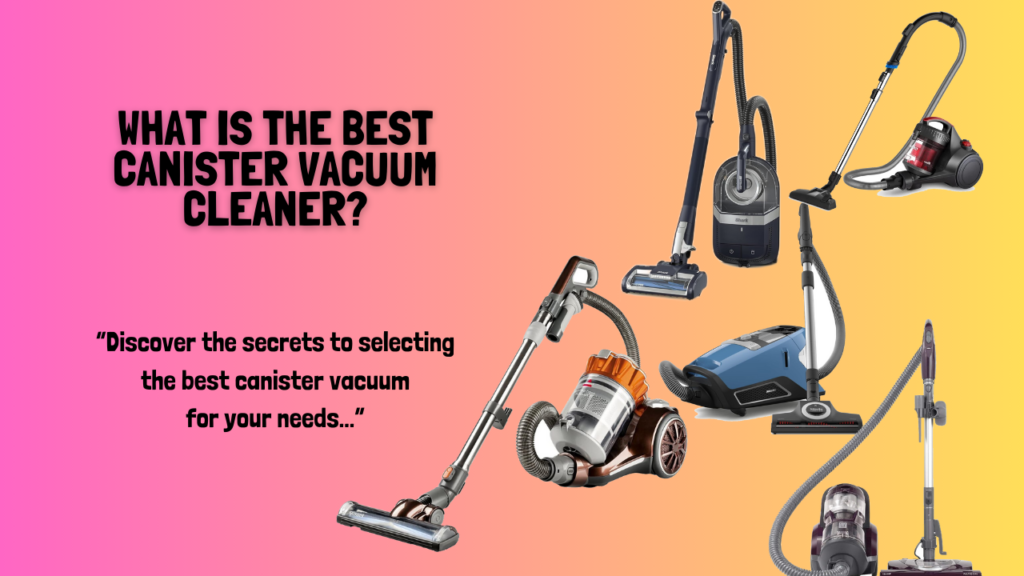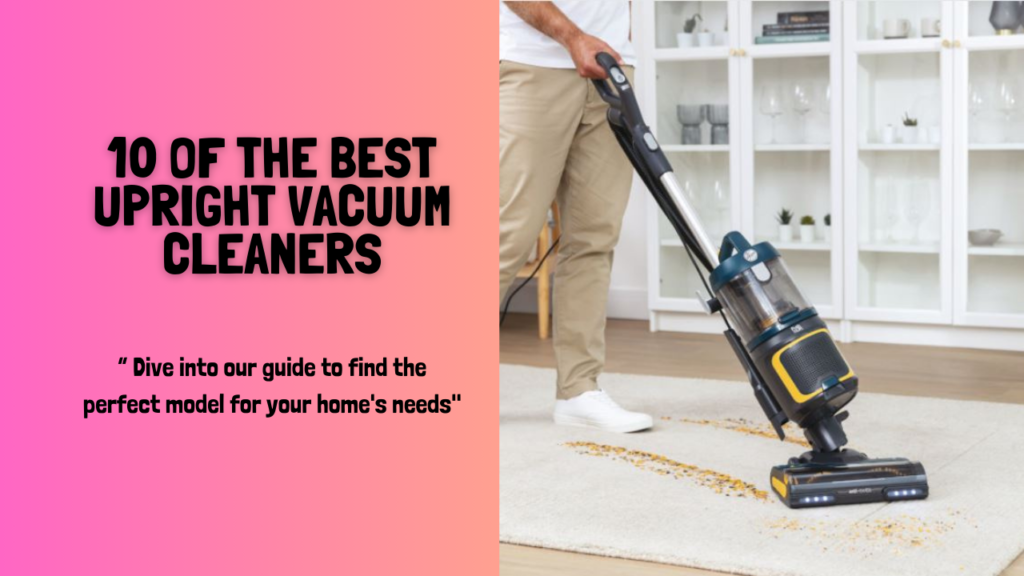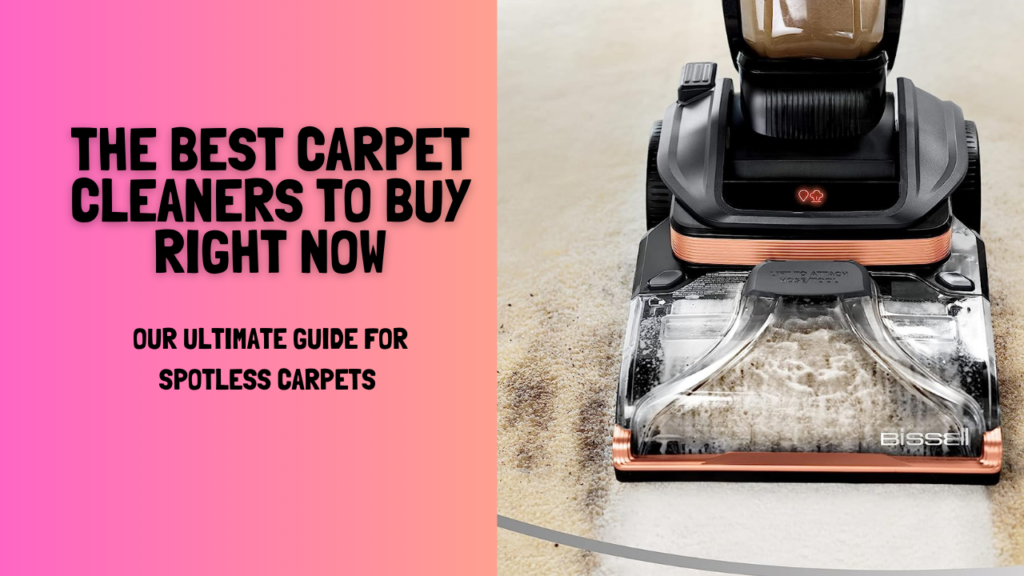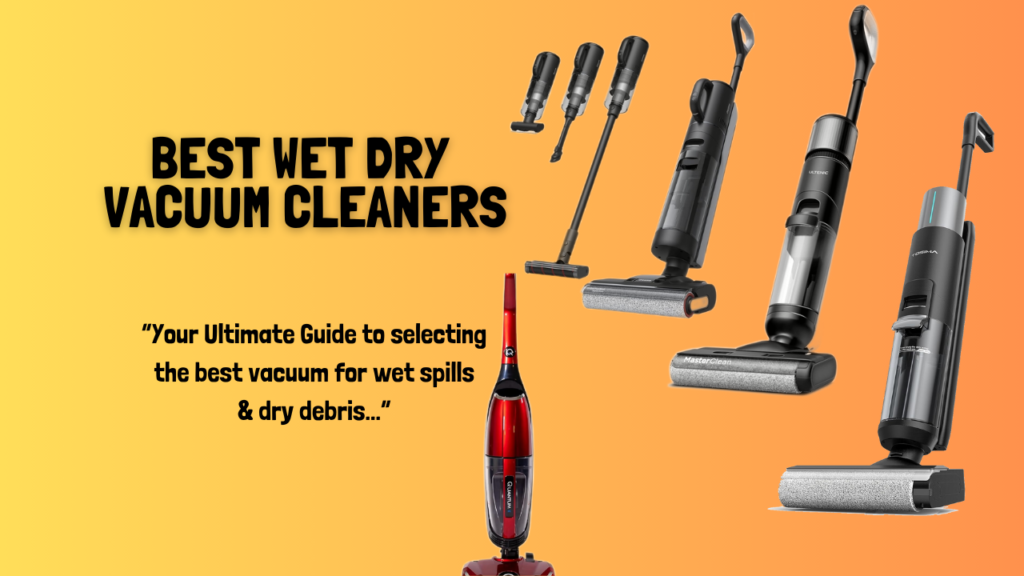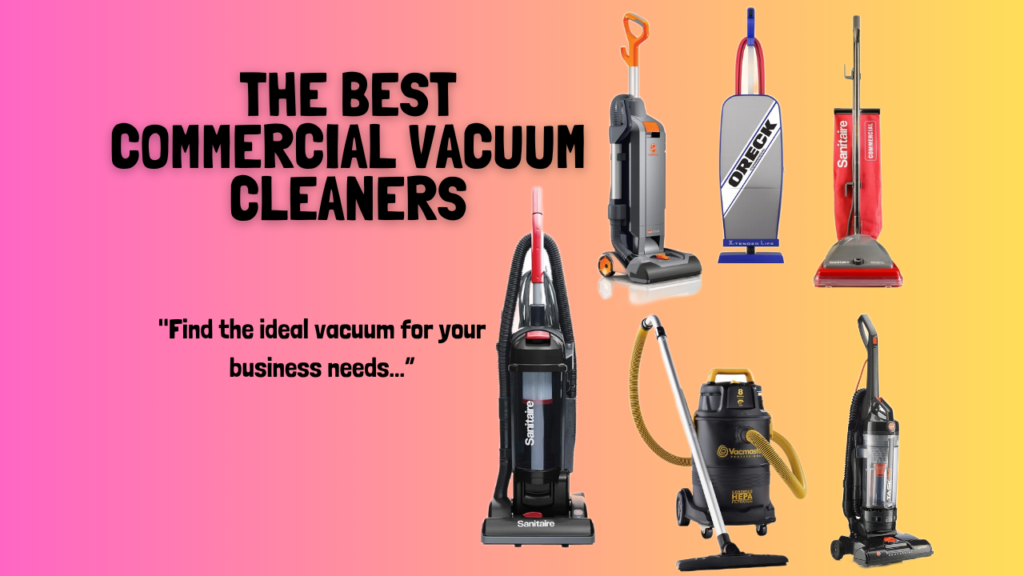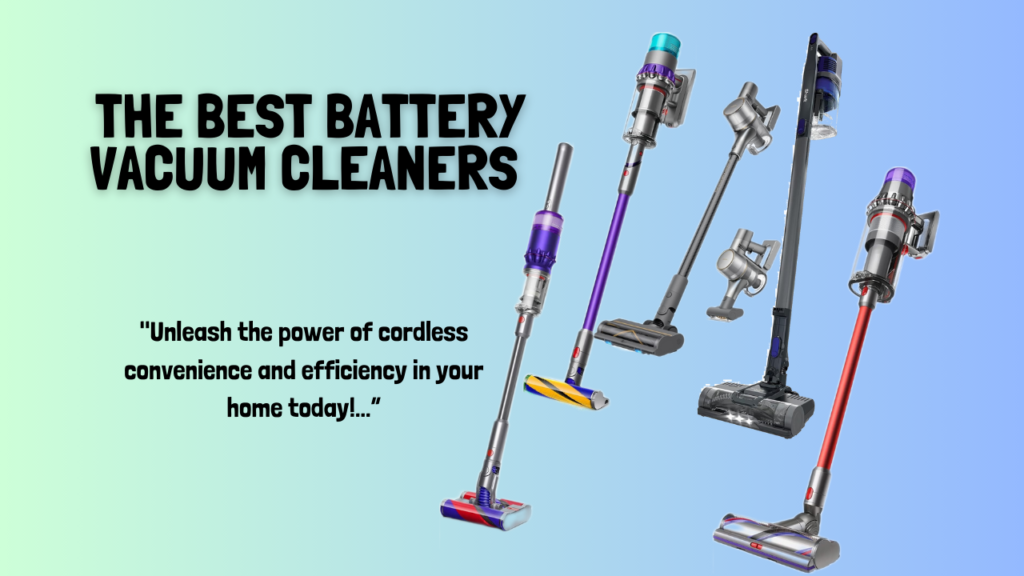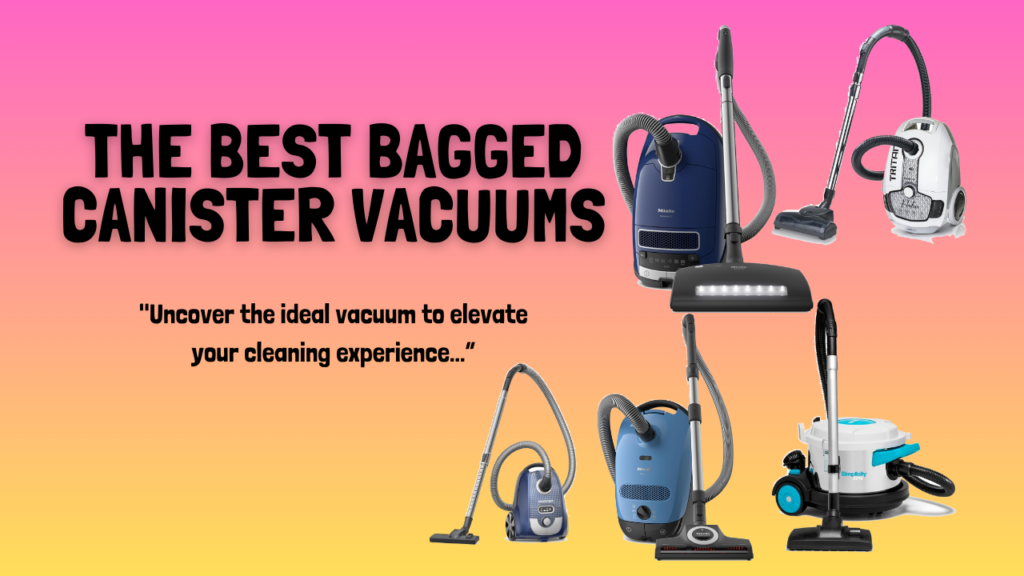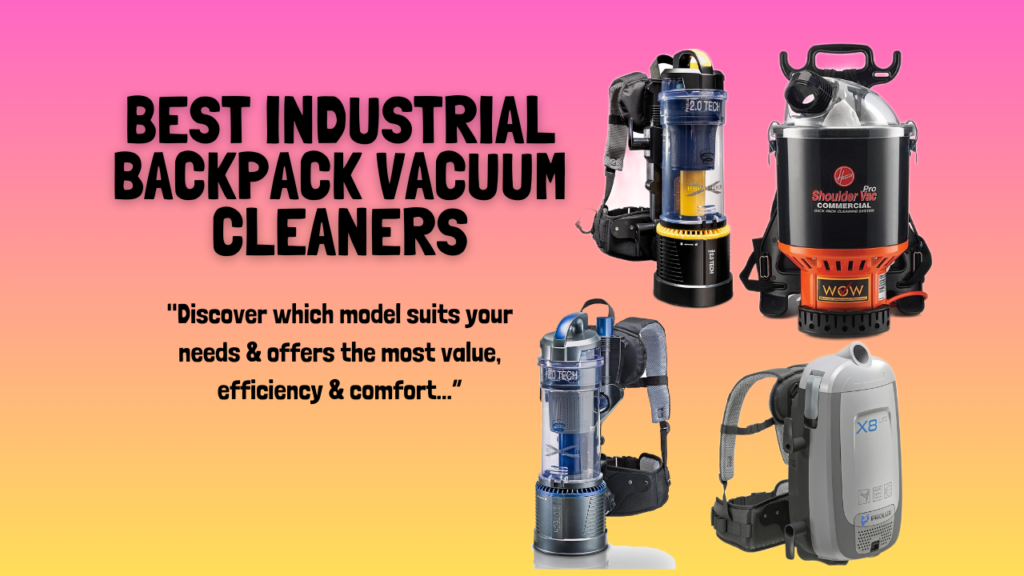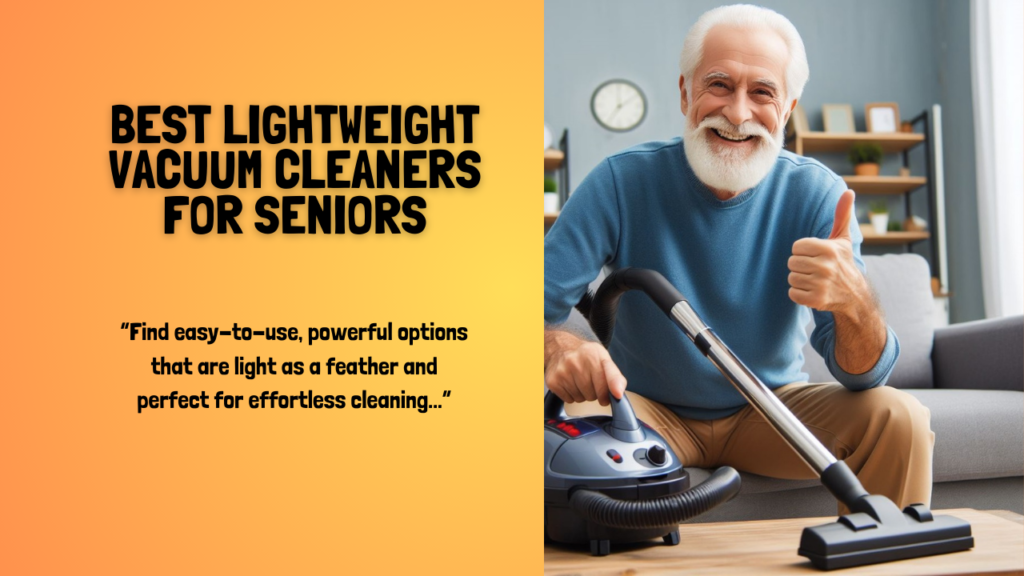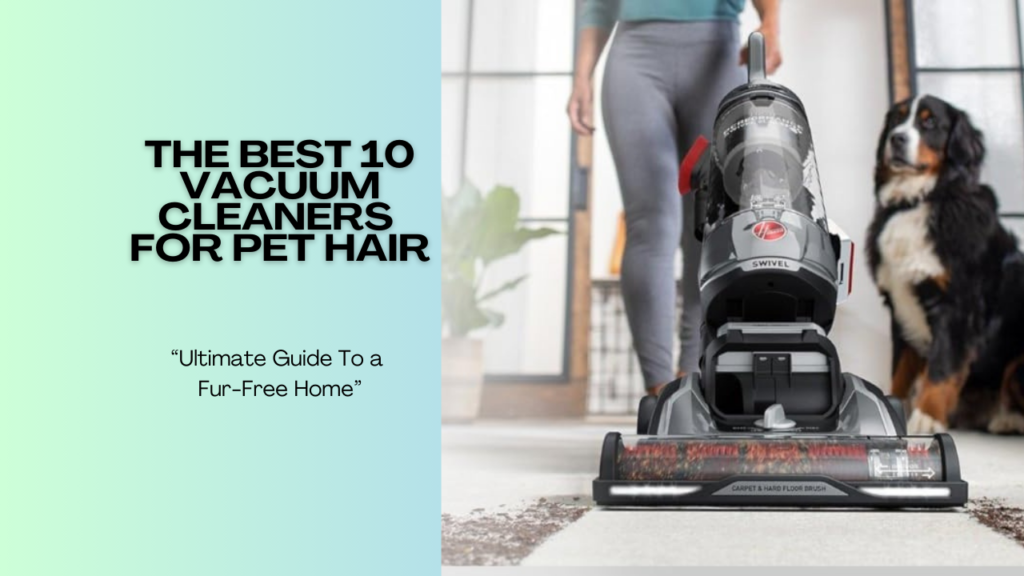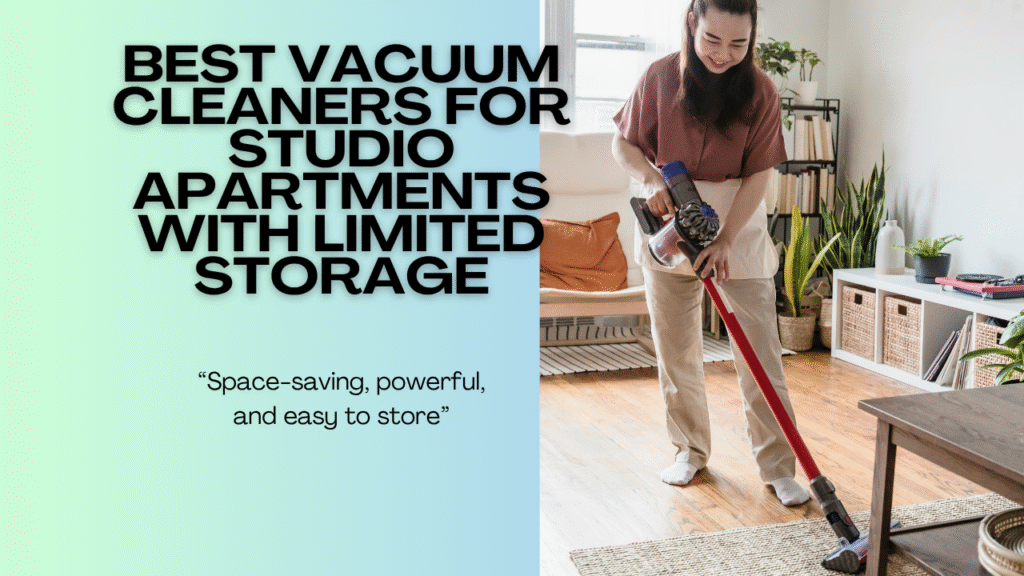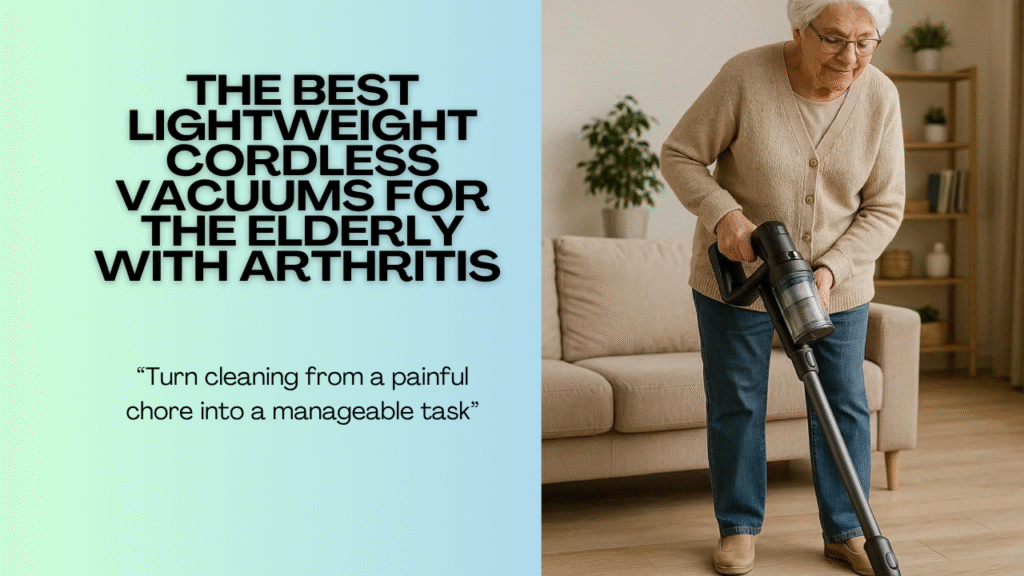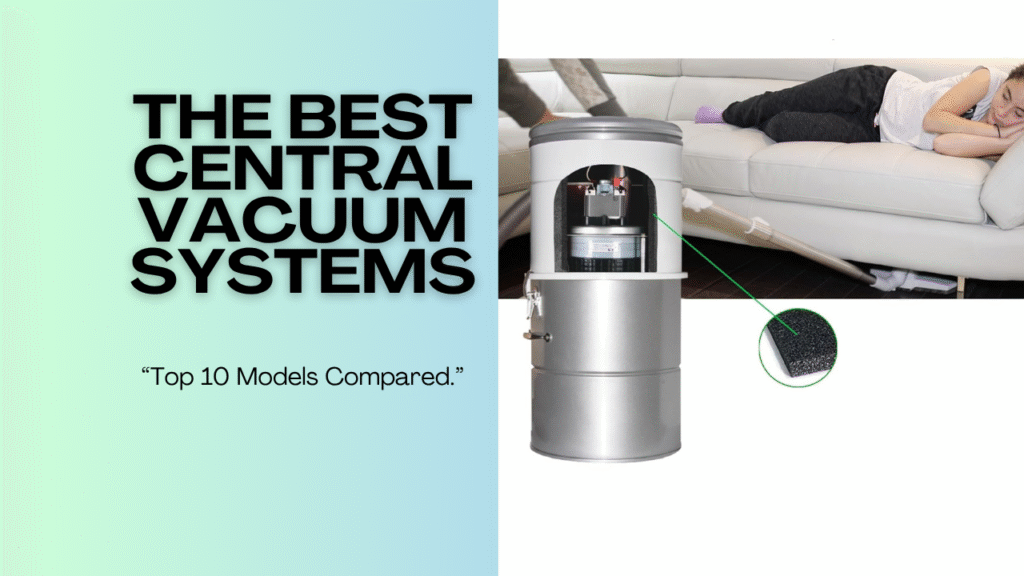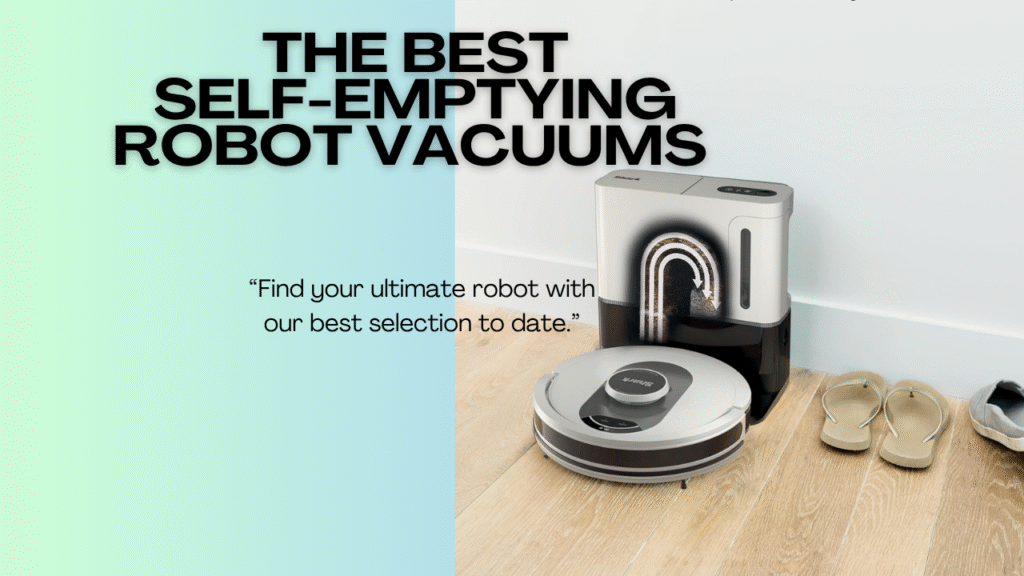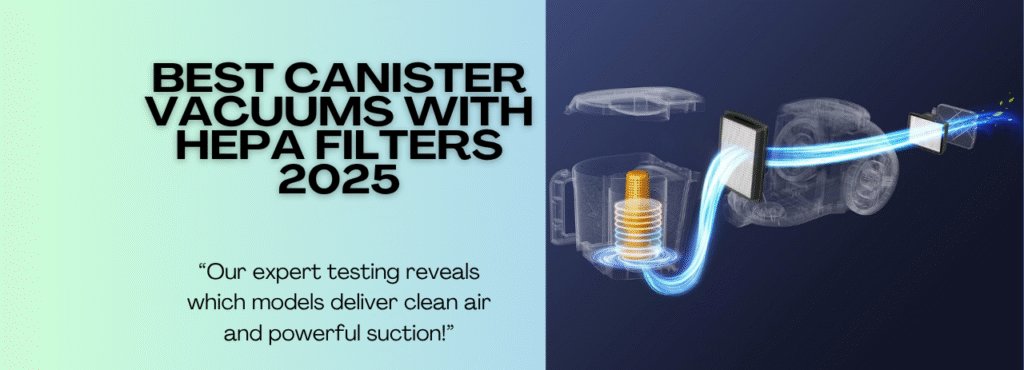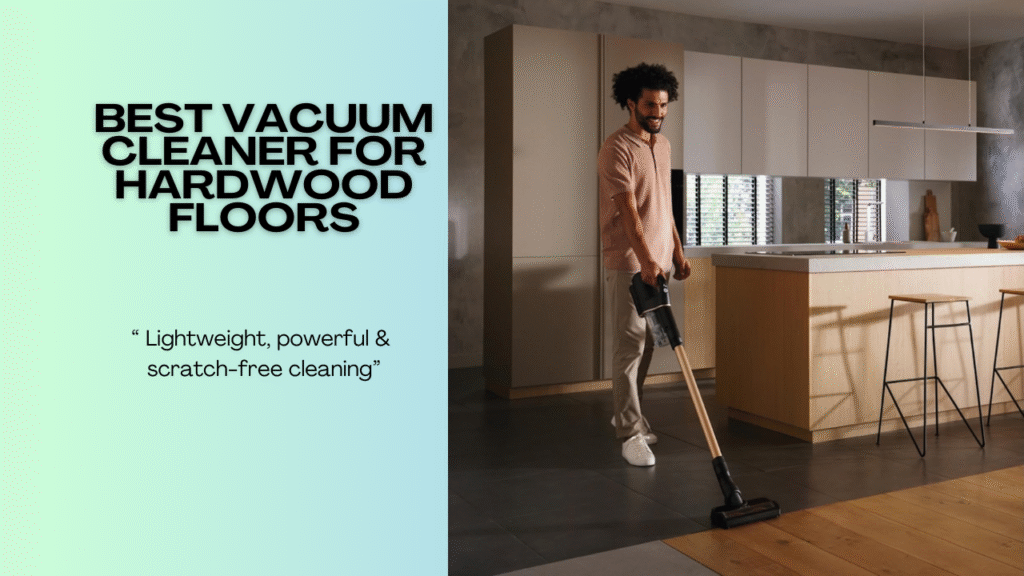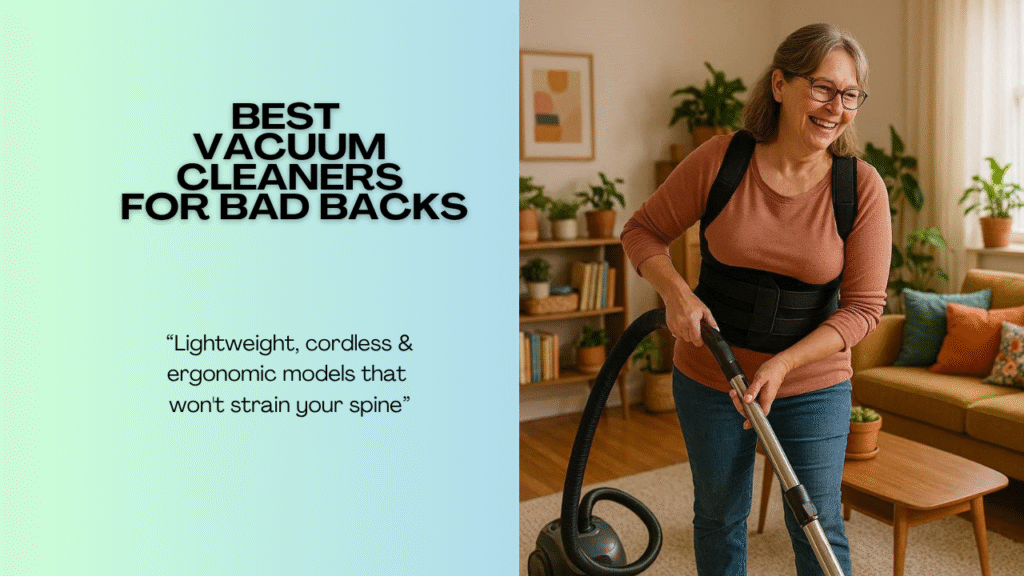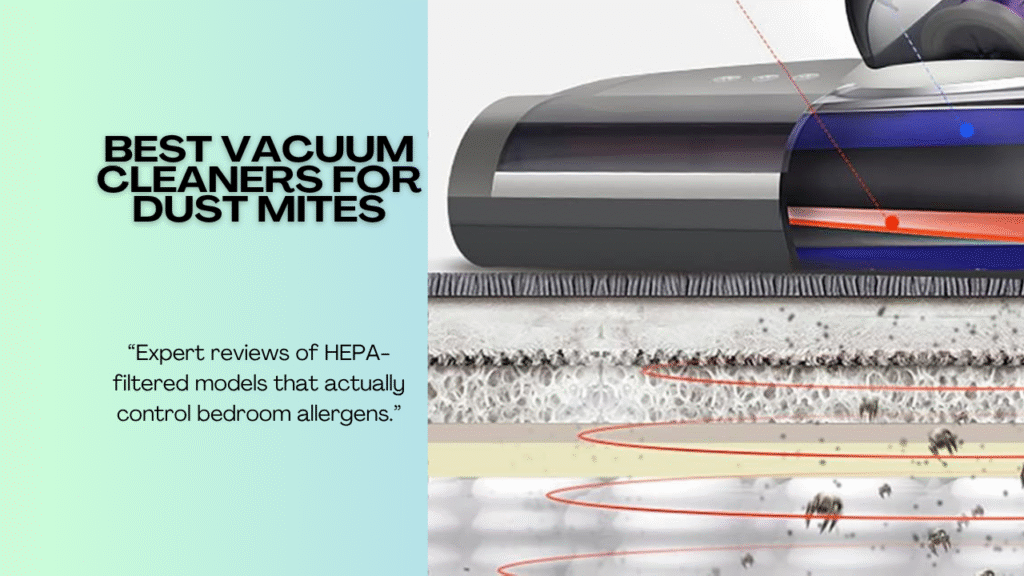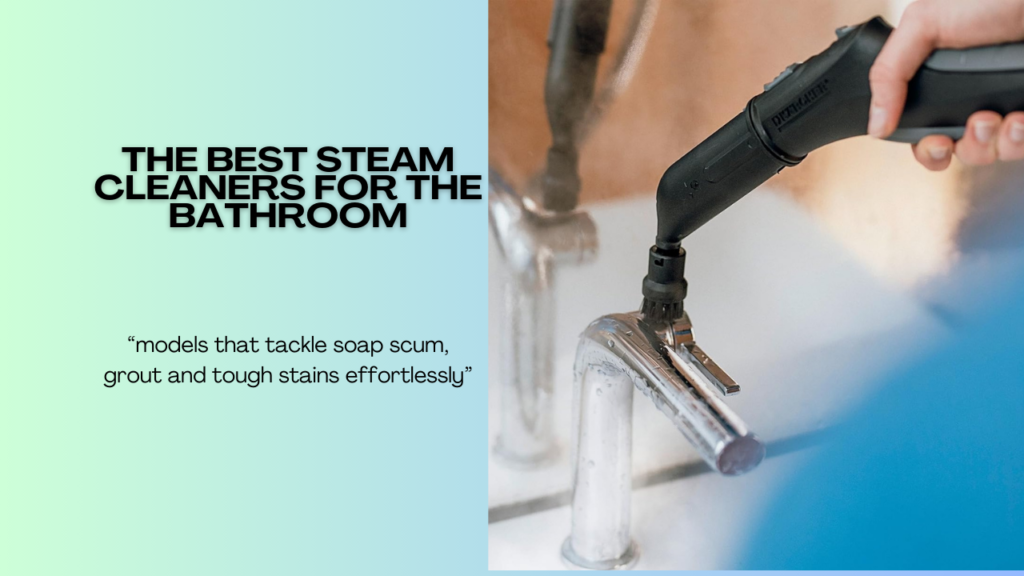Table of Contents
When faced with the prospect of how to pick the best swimming pool vacuum cleaners, there’s plenty to consider. Our buyers guide for 2021 will demystify the differences between automatic, suction and pressure side pool cleaners.
From there you can choose the best model from each variant- we’ve made this a very easy process to get your pool clear blue and ensure that it stays that way!
Right now, I’d like to give you a full breakdown of each type of pool cleaner and the benefits of one over the other. So, without further ado:
Why Should You Consider an Automatic Pool Cleaner?
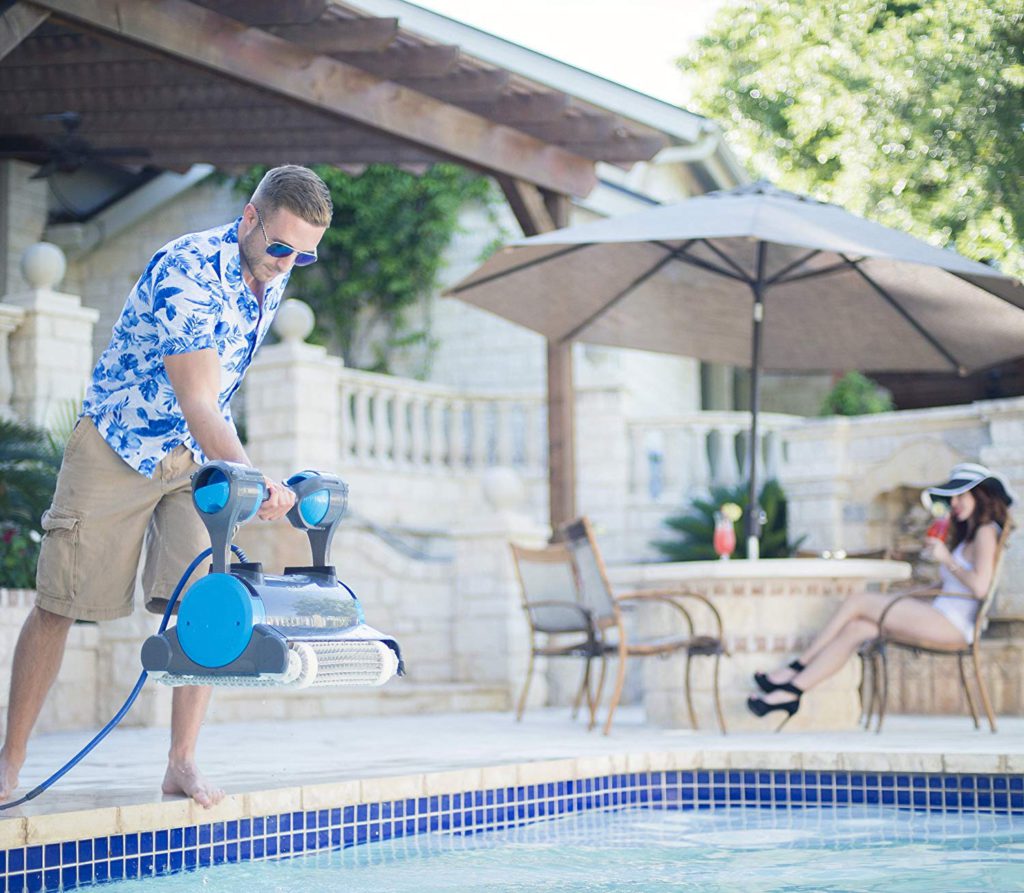
The difference of an automatic pool cleaner over the alternative is that it utilises a combination of motors and sensors to carry out cleaning. The machine is connected to a power source via a low-voltage transformer and from there it simultaneously travels across the pool walls and floor, filtering the water as it moves.
An automatic cleaner comes with 2 standalone motors with specific purposes. One of them enables the machine to skim the pool surface, whilst the other motor draws water in at the unit’s base and catches dirt as the water passes through the filters. The robot then pumps out clean water at the other end.
In essence, an automatic pool cleaner operates very similarly to a vacuum cleaner, catching debris inside the onboard cartridge or collection bag and expelling crystal clear water. The filters are extremely efficient and can normally filter debris as small as 2 microns. Your pool will never look so clean.
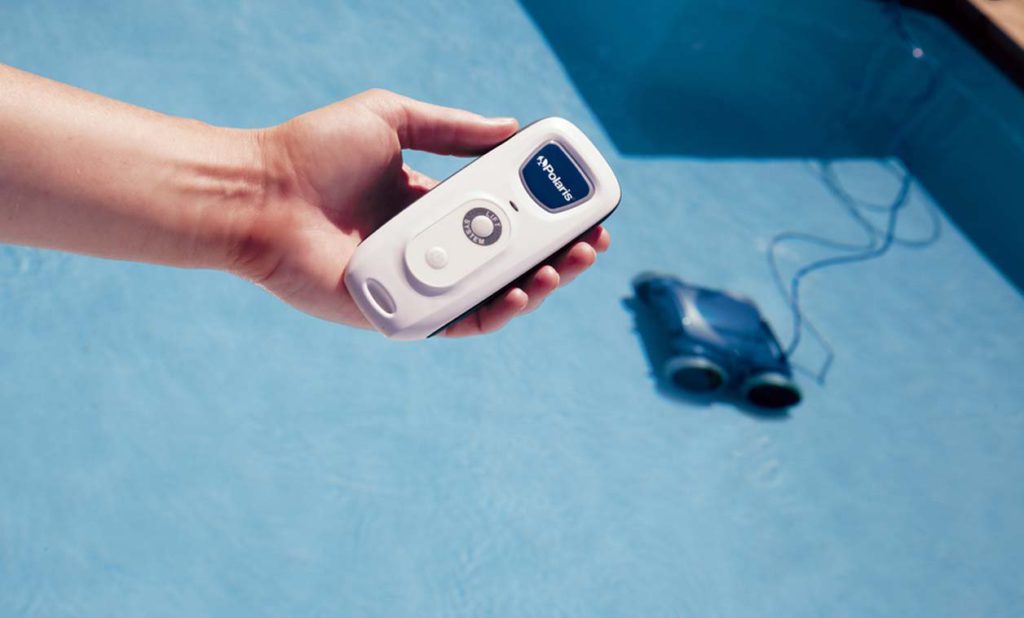
As they travel across the surface of the pool, they cleanse them using the scrubbing mechanism. They are some additional advantages of using an automatic pool cleaner. For starters, the robot will aid the circulation of water. It is very efficient at circulating and filtering pool water that the pool does not require as much chemical treatment. This will save you money and maintain a healthier quality of water that contains fewer chemicals.
Recommended Reading: Best Rated Pool Cleaners
Automatic pools cleaners work at a relatively fast pace and are capable of cleaning the pool floor and walls to a thorough standard whilst cutting down on cleaning times. Another benefit is that the machine doesn’t depend on your pool’s filter to work and as a result, it doesn’t place an extra burden on your pool’s system.
You are actually encouraged to turn off your pool’s filter, prior to switching on the pool robot, so that residue and micro dirt particles settle on the pool floor and make it easier for the robot to pick them up.
Benefits:
- Very simple to operate- all you need to do is connect it to a power source, place it in the pool, and press a button.
- Automatic pool cleaners minimise the use of chemicals needed for the pool.
- The cleaning range is wide and often spans up to 60 ft.
- The majority of pool cleaning robots are capable of cleaning the whole inner surface of in-ground pools.
- They clean at a faster pace than alternative models.
- The integrated filters are simple to clean and are capable of trapping tiny particles.
- These units are not reliant on your pool’s circulation system.
Drawbacks:
- Some of them can be quite heavy to lift into the pool depending on which brand you decide to buy.
- Automatic pool cleaners cost considerably more than alternative models.
- If they breakdown they can be costly to repair. It’s worth checking the length of the guarantee and what it entails. Don’t worry, we’ve done the research for you!
- Certain models can’t cope with clearing bigger particles like twigs or acorns. Depending on which brand you go for, you might need to buy a special filter to handle bigger debris if required.
Why Should You Consider a Suction Side Pool Cleaner?
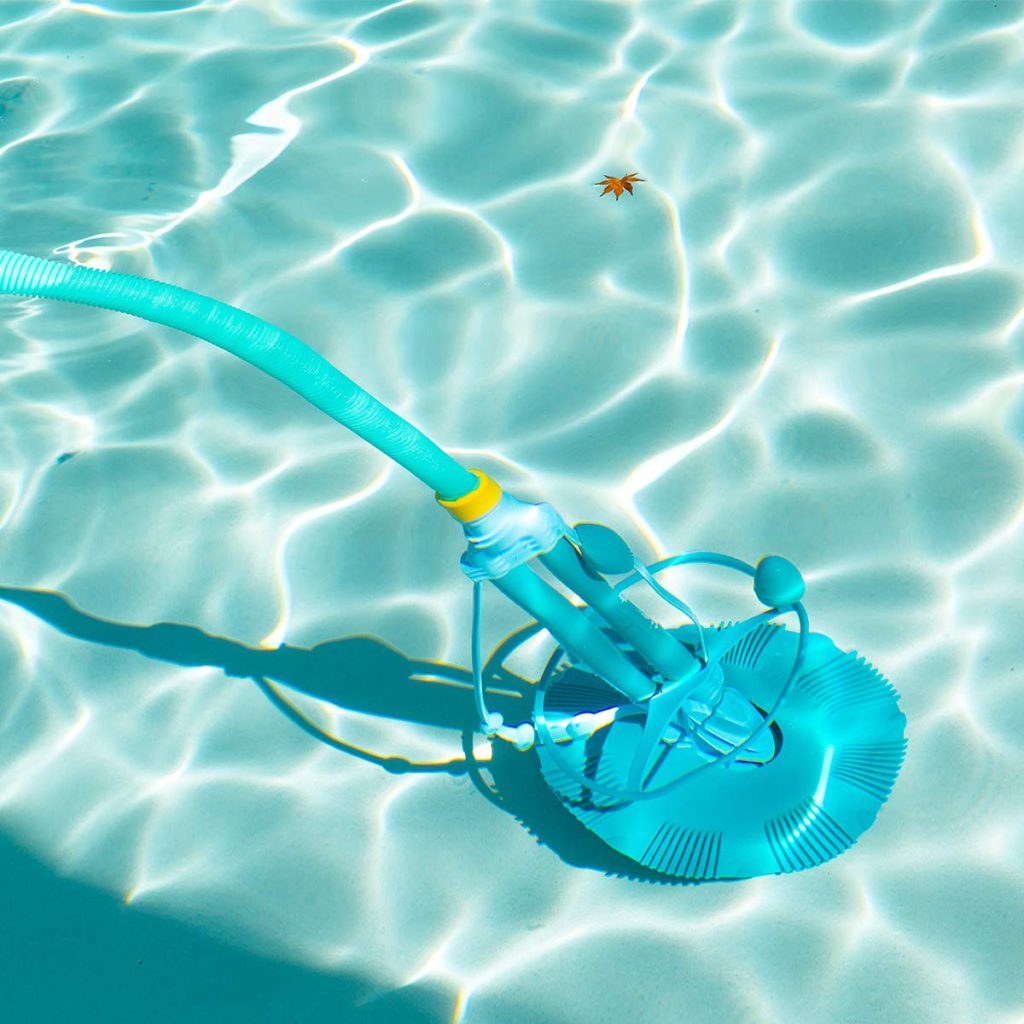
How does a suction side pool cleaner work? Think of it as a vacuum that draws power from your existing pool’s filtration system. The hose feeds straight into the suction section of the pool filter via the skimmer or standalone suction line. The pool’s pump suction drives the turbine and pushes it into action.
The vacuuming section of the machine depends on the pool pump’s suction to help it pick up small dirt particles which are collected into the pool’s pump basket. This configuration requires that the pool pump has a minimum of 0.75 horsepower or more, otherwise, the suction cleaner will find it difficult to perform effectively because of the lower flow and suction.
Benefits:
- Suction side cleaners are dependable and renowned for their longevity.
- They are less expensive to maintain compared to alternative models.
- These models cost much less than automatic robot pool cleaners and are a cost-effective solution.
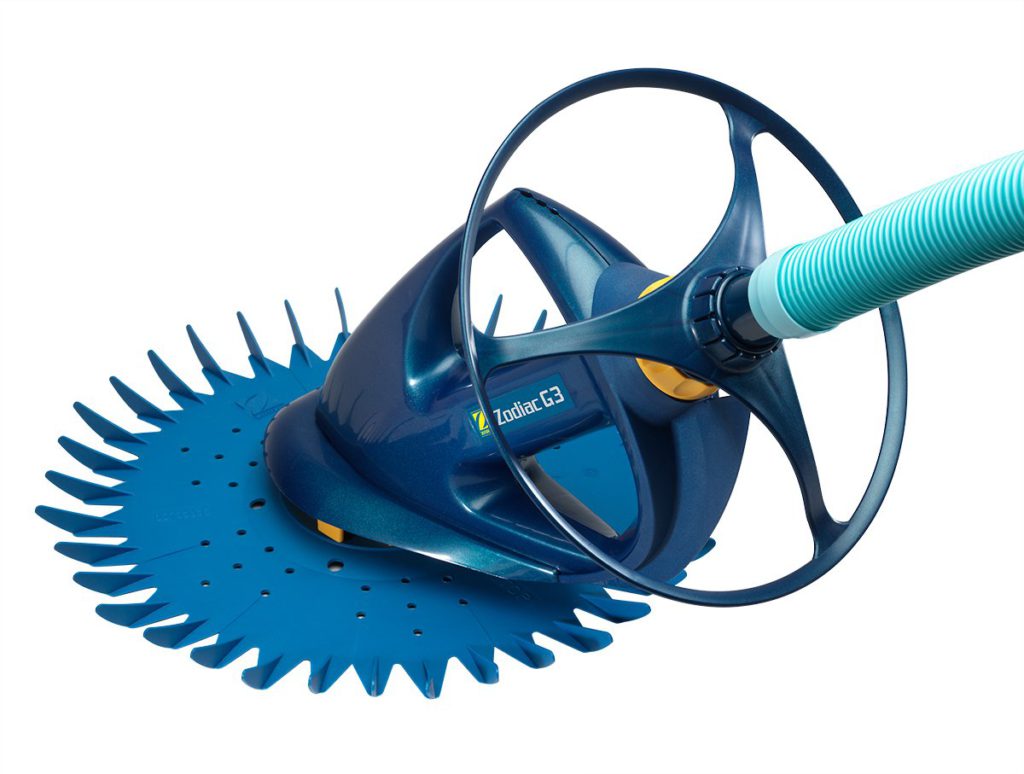
Drawbacks:
Suction side pool cleaners pick up dirt and return it your pool’s filter and pump basket, this often places a strain on your pool’s system and requires you to empty it frequently to avoid clogs.
- Some models can’t cope with large particles.
- When the pump basket gets full it restricts the flow of water, via the pool pump, considerably. The added pressure on your pool’s filter system could mean that frequent maintenance is required to keep it running at its best.
- There is also the inconvenience of setting up the machine and removing it from the pool each and every time it’s required to clean. You’ll have to pack it away after the 4-6 hour cleaning cycle is complete unless your pool has an existing standalone suction line installed.
Recommended Reading: Best Rated Pool Cleaners
Why Should You Consider a Pressure Side Pool Cleaner?
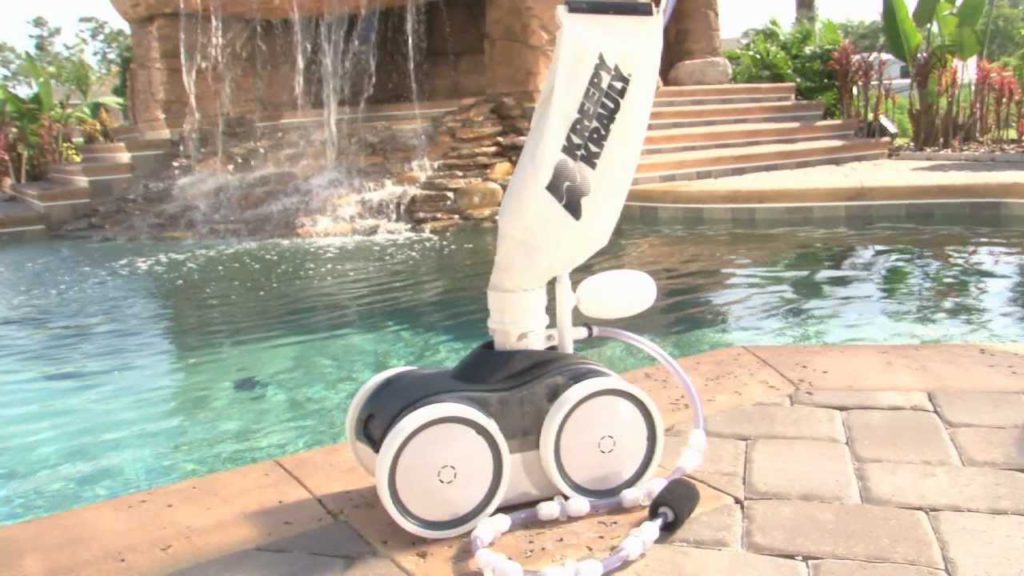
Similar to a suction side cleaner, pressure side cleaners are attached to the pool’s circulation system, however, the difference is that these models are connected to the return side of the circulation system. You might also know them as booster pump powered cleaners because the majority of them are aided by the booster pump found by your pool pump.
The advantage is that a booster pump can be controlled with a timer, therefore, the pressure side cleaner can be set up to work frequently at specific times of the day.
These models contain an internal hydraulic system, giving them the ability to utilise the water pumped back into the pool to move around. They contain a collection bag within the machine to catch debris that is filtered from the water. This function relieves the strain of debris filling up the pool filter.
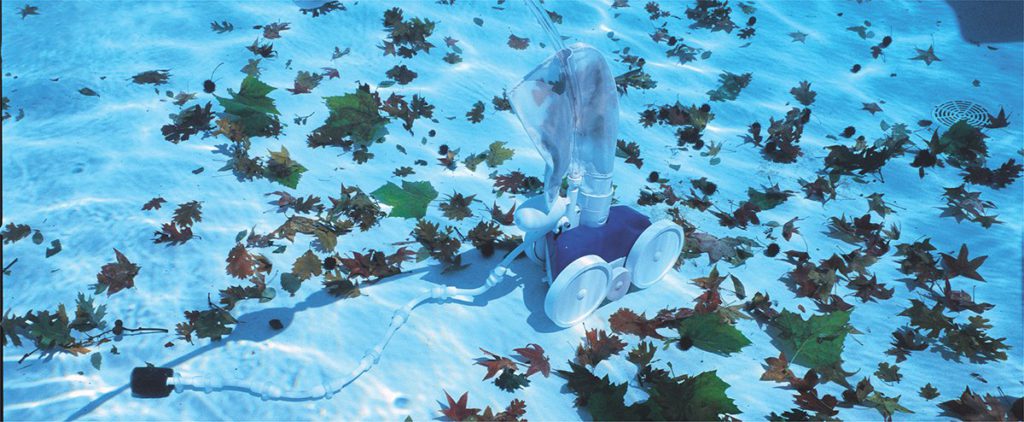
They operate by spreading the water drawn into them into 3 different parts of the machine. These 3 sections are the venturi port, sweeper tail and thrust jet. The sweeper tail agitates the water to help lift dirt deposits from the pool floor so that they can be vacuumed efficiently.
The venturi port is found at the base of the appliance and is the section that handles larger dirt particles such as leaves- these are collected into the debris container or bag. The function of the thrust jet is to help propel the machine by using filtered water to drive the unit forward. It does this by pushing out the clean water from the unit’s rear.
Benefits:
- The collection bag will lessen the demands normally placed on your pool’s circulation and filter system thus giving it a longer life.
- Pressure side cleaners have bigger mouths which makes them ideal for collecting bigger pieces of debris such as sticks and leaves.
- If your pool has an existing booster pump you can set up the machine on a timer and schedule it to clean for 3 hours each day. This saves you the hassle of setting up the machine every time it needs to be used and it also conserves energy as the unit will automatically turn when the cycle is complete.
Drawbacks:
- The hoses that come with pressure pool cleaners are considerably bigger than those found on alternative models and are often not attractive.
- High-pressure pumps require the help of a booster pump that needs to be professionally installed along with extra plumbing if your pool is not already configured to connect a pressure cleaner.
Recommended Reading: Best Rated Pool Cleaners
What is the Best Type of Pool Cleaner for my Requirements?
We’ve established that each type of cleaner has its own unique set of features. They are benefits and setbacks with each model, however, they are a few factors to think about to help decide what works best for you-
- Does your pool have a screen to reduce the accumulation of debris, or is it located close to trees?
- What size is your pool and what materials is it made from?
- Is the circulation of water in your pool going to be an issue due to its size or low usage?
- Is your pool already configured with the plumbing required to connect a pressure side cleaner?
- How much time can you devote to using your automated cleaner? Do you need one that hardly needs supervision (more expensive) or can you dedicate a bit of time to use a cheaper one?
- Is a slick-looking machine important to you or are you happy to use an unattractive pool cleaner?
- How much are you willing to spend to buy a new pool cleaner? Take note that although the initial cost of some units is more expensive they are often cheaper to maintain in the long run and use less energy.
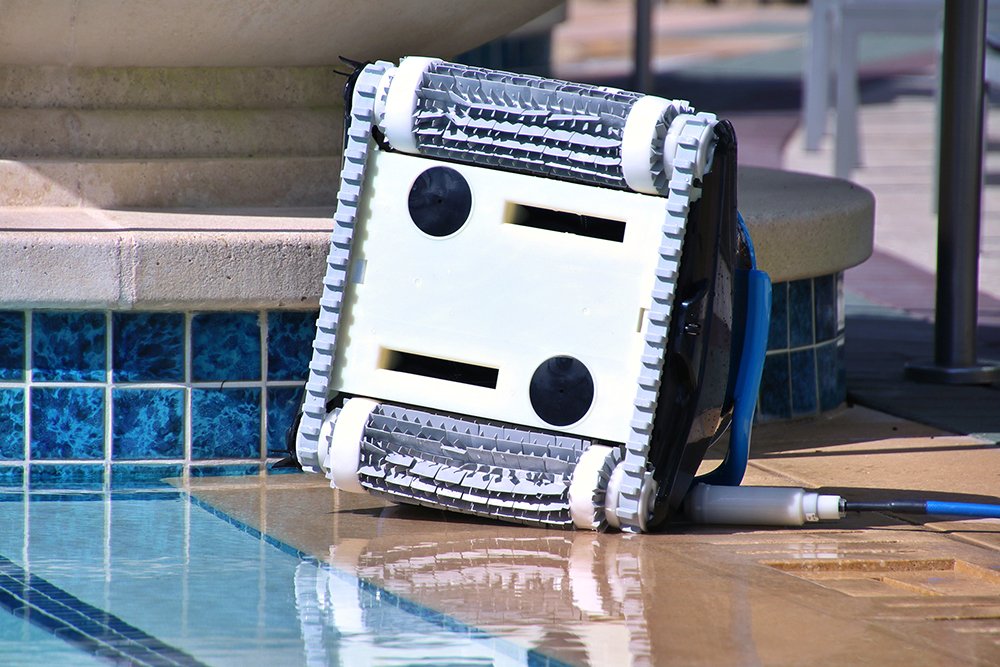
The above considerations should give you a clearer picture of the type of machine best suited for your pool.
As a rule of thumb, if your pool does not have a screen and is exposed to close by trees it will attract a lot of debris, therefore, a suction side cleaner would not be a good option. Large amounts of debris will routinely clog up the cleaner and in most cases will fill up your pool’s filter in little time. Over time this will result in energy wastage and extra maintenance.
However, if your pool is screened and it’s a small or regular size with the occasional piece of small debris, and your budget doesn’t stretch to costlier models such as automatic robots or pressure cleaners, then a suction cleaner should be adequate.
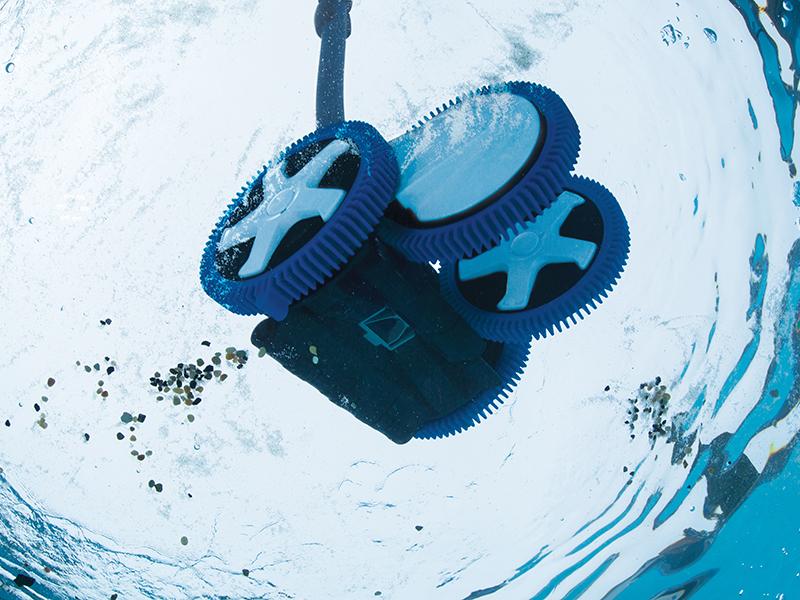
If your pool has the existing plumbing installed and is a bigger pool that is prone to big particles of debris, then a pressure side cleaner is an ideal option. The cleaning standard of a pressure model is better than that of a suction side model because of their movement and circulation which assists to stop algae and bacteria from forming. Their collection bags also reduce the burden on the pool’s filter system.
If your budget permits and you’re happy to invest a bit more in a high-end pool cleaner that will save you money and time, then a robotic pool cleaner is the best option. They are capable of cleaning any type of pool or surface material. The potential to clean to a microbial level can be easily achieved. There is the option to get filters or canisters for larger debris or to get a model that is supplied with all filter sizes.
Robot cleaners are extremely easy to set up and hardly require any effort from you to keep them running. They are designed with schedules that run at frequent intervals with a very low energy footprint. They clean quicker than any of the other models and can be left in the water the majority of the time.
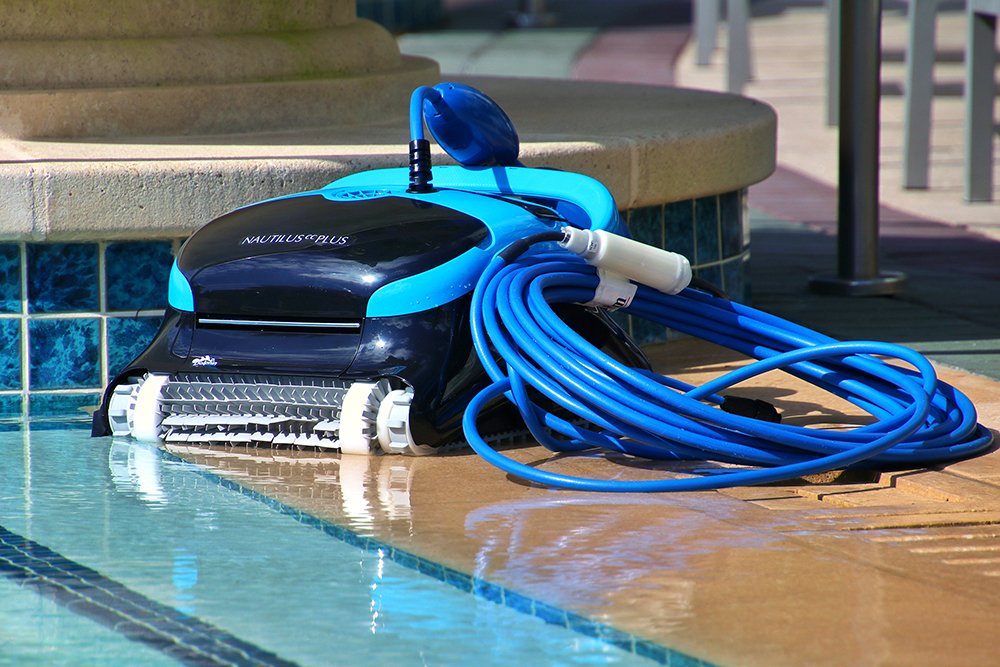
Recommended Reading: Best Rated Pool Cleaners
To Conclude
An efficient pool cleaner is integral to any pool owner. It needs to be effective, cheap to maintain, easy to set up and meet your budget requirements. By now you should have a good idea about how to pick the best swimming pool vacuum cleaners. Although there’s plenty to consider, our buyers guide for 2020 has covered everything that you need to know.
To summarise, here are a few points to take away with you-
- Robotic pool cleaners are the most advanced and effective model out of the bunch, they are adaptable and virtually auto-pilot, however, they are costly and range from about $650-$1200.
- Pressure side cleaners are robust and powerful models. They can be scheduled to provide a relatively automated cleaning cycle, however, they need special plumbing to be installed if your pool doesn’t already have the existing configuration to accommodate the machine. The prices of these models range from about $399- $799.
- Suction side cleaners are entry-level pool cleaners with basic functionality, however, they offer the longest shelf life and in recent years they’ve been updated to clean more effectively than older models. You can find high-quality units for about $199-$399.
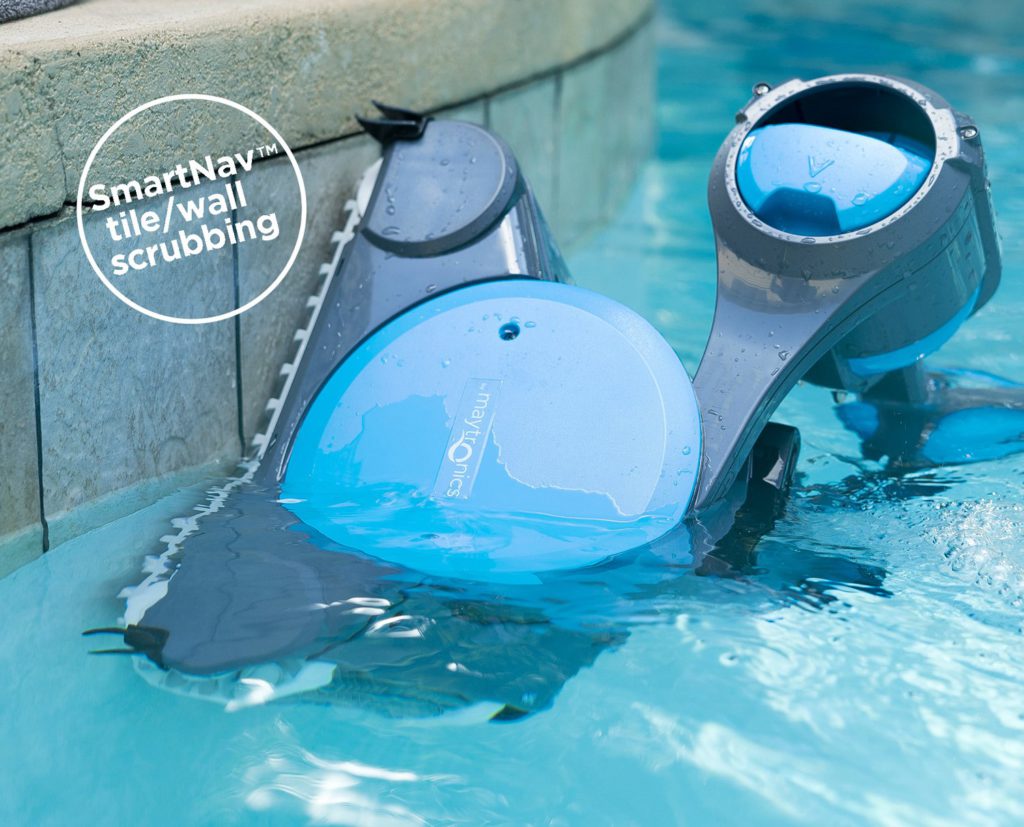
Whichever model you decide to buy, you can be assured that the functionality is vastly better than their predecessors and each model can perform effectively, however, some units just require a bit more help.
Now that you are armed with all the right information to make an informed decision you should head on over to our shortlist of recommended pool cleaners for 2021 using the link below.
Are you considering buying a pressure side, suction side, robotic automatic pool cleaner or do you already own one? Please leave your comments in the section below. I’d love to hear from you.
Recommended Reading: Best Rated Pool Cleaners
Our List of the Best Domestic Appliances
- The Best Home Steam Cleaners
- Best Backpack Vacuums
- Best Window Vacuums
- Best Leaf Blower Vacuum Mulcher
- Best Wall Mounted Vacuum Cleaners
- Best Fireplace Ash Vacuum Cleaners
- Best Commercial Wet & Dry Vacuum Cleaners
- Best Affordable Robot Vacuums
- Best Canister Vacuum Cleaner
- Best Robot Vacuums for Pet Hair
- Best Upright Vacuum Cleaners
- Best Cordless Vacuums Cleaners
- Best Upright Vacuums

